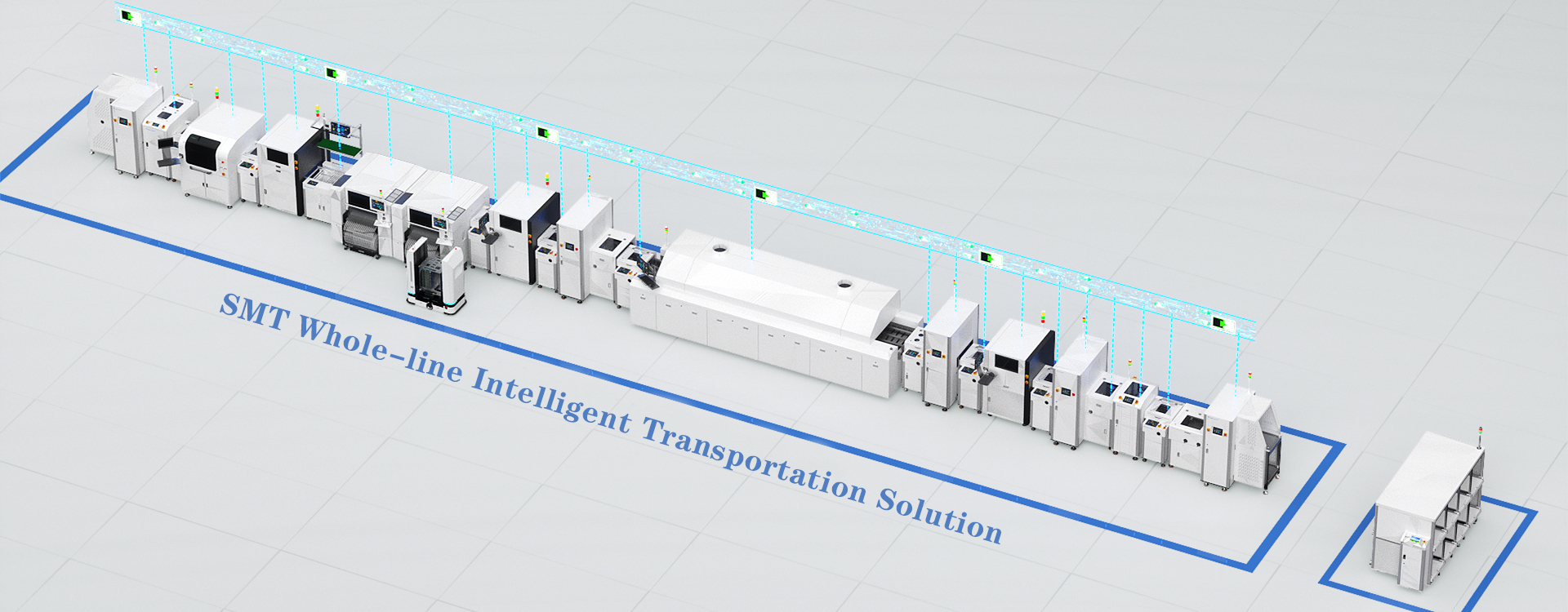A Comprehensive Guide to SMT Machines: What They Are and How to Choose
Surface Mount Technology (SMT) machines are integral to modern electronics manufacturing, offering efficient and precise assembly of electronic components onto printed circuit boards (PCBs). Whether you're a seasoned industry professional or a newcomer to electronic manufacturing, understanding SMT machines and how to choose the right one is crucial.
What is an SMT Machine?
SMT machines, also known as pick-and-place machines or SMT placement equipment, are automated machines used to place electronic components onto PCBs. These machines play a vital role in the SMT assembly process, where components such as resistors, capacitors, integrated circuits, and other surface-mount devices (SMDs) are mounted onto PCBs with high precision and efficiency.
Types of SMT Machines:
Pick-and-Place Machines: These machines are the workhorses of SMT assembly, precisely picking up electronic components from reels or trays and placing them onto designated locations on the PCB.
Reflow Ovens: Reflow ovens are used to solder SMDs onto PCBs by heating them to the required temperature, causing solder paste to melt and create reliable electrical connections between the components and the PCB.
Stencil Printers: Stencil printers apply solder paste onto PCBs with precision, ensuring uniform deposition of solder paste onto solder pads before component placement.
SMT Inspection Equipment: Inspection equipment, such as automated optical inspection (AOI) machines and X-ray inspection systems, are used to inspect PCBs for defects, solder joint quality, and component placement accuracy.
Key Features to Consider:
Placement Speed and Accuracy: Look for machines with high placement speeds and accuracy to optimize production throughput and ensure precise component placement, especially for complex PCB designs with densely populated components.
Component Compatibility: Ensure that the SMT machine is compatible with a wide range of electronic components in terms of size, shape, and package type to accommodate diverse assembly requirements.
Recommended article:
What is the best robotic stock to buy?
4 Tips to Select the Best Gypsum Powder Production Line Equipment
What is the purpose of a hot water boiler?
Briquette Making Machines
The Benefits of Chrome Plating
How Many Packs of Cigarettes Are in a Carton?
How to Choose the Right Laser Marker for EngravingVersatility: Choose a versatile SMT machine capable of handling various PCB sizes, types, and configurations to adapt to changing production needs and accommodate future projects.
Ease of Programming and Setup: Opt for user-friendly SMT machines with intuitive programming interfaces and quick setup features to streamline production workflows and minimize downtime.
Reliability and Durability: Select reputable brands known for producing reliable and durable SMT equipment backed by comprehensive technical support and after-sales service to ensure continuous operation and minimal maintenance requirements.
Factors to Consider When Choosing:
Production Volume: Determine your production volume requirements to choose an SMT machine with the appropriate throughput and capacity to meet your production targets efficiently.
Budget: Establish a budget range and consider the overall cost of ownership, including machine purchase price, operational costs, maintenance expenses, and potential future upgrades or expansions.
Future Growth and Scalability: Anticipate future growth and scalability needs to invest in an SMT machine that can accommodate increased production demands and evolving technology requirements over time.
Supplier Reputation: Research and evaluate SMT machine suppliers based on their reputation, industry experience, customer reviews, and track record of delivering quality equipment and reliable support services.
Conclusion:
In summary, SMT machines are essential tools for modern electronics manufacturing, offering efficient and precise assembly of electronic components onto PCBs. By understanding the different types of SMT machines, key features to consider, and factors to evaluate when choosing the right machine for your needs, you can make informed decisions to optimize production efficiency, quality, and overall business success in the competitive electronics industry.
Flour Mill Business Plan with Costs | PINGLE
The Pros And Cons Of Heating With Hot Water
How to start a laser cutting business?
Explanation of 11 questions on brewpub equipment
Steps of Start Flour Mill Business
Semi- or Fully-Automatic Taping Machine: Which is Best?
4 Advice to Choose a Solar Panel Production Line Machinery









Comments
0